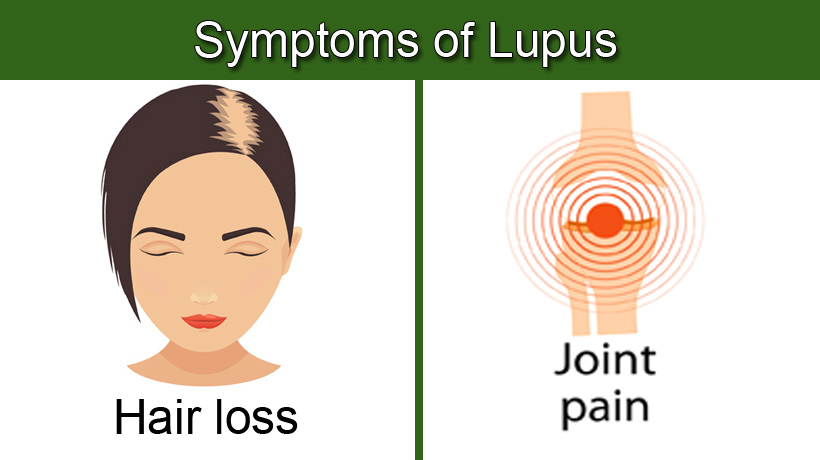The Lupus Foundation of America states that lupus is an autoimmune disease that can damage any parts of the body. Autoimmunity is when one’s immune system is unable to distinguish the difference between foreign invaders and one’s healthy body tissues. Because of this, autoantibodies are created, that attack and destroy existing healthy tissue.
As stated by the Lupus Foundation of America, lupus is nine times more common in women than men. This is due to differences in sex and hormone chromosomes.
Since lupus has the ability to affect many organs in the body, there is a wide range of signs and symptoms that exist, which are also tracked during the course of the disease.
Fatigue
As many as 80% of people diagnosed with lupus experience debilitating fatigue. Many factors contribute to one’s experience of fatigue, such as the pain level and disease activity. Age, prescribed medications, mental health, and social support are other factors that contribute to the overall level of fatigue.
How to manage: Aerobic exercise is an effective treatment to enhance one’s movement and strength building to counteract the experiences of one’s fatigue. Planning ahead and prioritizing one’s activities can allow for one to complete their daily activity, with a period of rest afterward.
Painful/swollen joints
More than half of the people who are diagnosed with lupus complain of joint pain as their primary symptom. Muscle pain and tenderness are also common, and they occur as a response to muscle inflammation in the body.
How to manage: Exercise programs managed by a physical therapist are important to attend in regaining one’s muscle strength and function.
Hair loss
Hair loss is a common side effect due to the medications prescribed to treat lupus. Whether or not the hair will grow back depends if there is scarring present where the hair has been lost. If there is no scarring, the hair will grow back.
How to manage: Do not use over-the-counter hair loss products before consulting with your physician. It is best to consult and discuss with your physician the best approach to treat and identify the cause of hair loss.
Other symptoms
Other indicators of lupus include anemia or abnormal blood clotting. Some patients also may experience their fingers turning white and/or blue when cold or developing mouth or nose ulcers. However, these symptoms aren’t as easy to manage on your own as the other signs. For more information on how to address these symptoms, talk to your doctor
Sources:
https://www.lupus.org/resources/what-is-lupus



